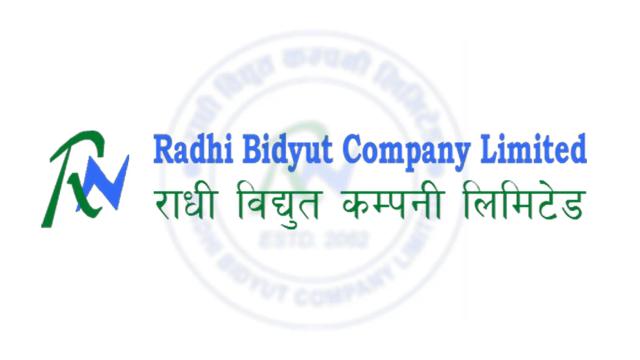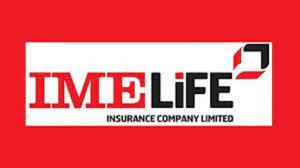Major Commercial Banks Report Strong Profit Positions by Jeth End, 2082
Author
Nepsetrading

By the end of Jeth 2082 (mid-June 2025), Nepal's commercial banking sector has exhibited a robust profit standing, reflecting strong financial performance and operational resilience despite economic fluctuations. The aggregate "Profit & Loss A/c" across major banks indicates significant earnings, with top performers showcasing solid margins and efficient cost management.
Among all banks, NABIL Bank leads the chart with a profit of Rs. 6.41 billion, followed closely by Global IME Bankat Rs. 6.04 billion and NIMB Bank with Rs. 5.69 billion. These banks have maintained consistent profitability through diversified services, strong lending portfolios, and disciplined cost control.
Other notable performers include Everest Bank (EBL) at Rs. 4.24 billion, Nepal Bank Ltd. (NBL) at Rs. 3.07 billion, and Prime Commercial Bank at Rs. 2.91 billion, signaling broad-based profitability across the sector. Rastriya Banijya Bank (RBB) posted Rs. 2.21 billion, while Sanima Bank, Prabhu Bank, and Laxmi Sunrise Bank also reported solid figures above Rs. 2 billion, underlining the general health of the banking system.
Mid-tier banks such as NMB, Citizen Bank, and NIC Asia Bank also posted respectable profit levels, each crossing the Rs. 1.4 to 3 billion threshold. In contrast, Kumari Bank reported relatively lower profit at Rs. 481.94 million, suggesting either higher provisioning or lower earnings growth compared to its peers.
The profitability data confirms that most banks have managed to operate efficiently amid changing interest rate regimes, increasing digital adoption, and regulatory reforms. This positive performance also boosts investor confidence, particularly in the context of rising stock market participation and stable monetary policies.
With profit reserves like these, several banks are expected to propose attractive dividend distributions in the upcoming fiscal year, provided capital adequacy and liquidity ratios remain within regulatory requireme



